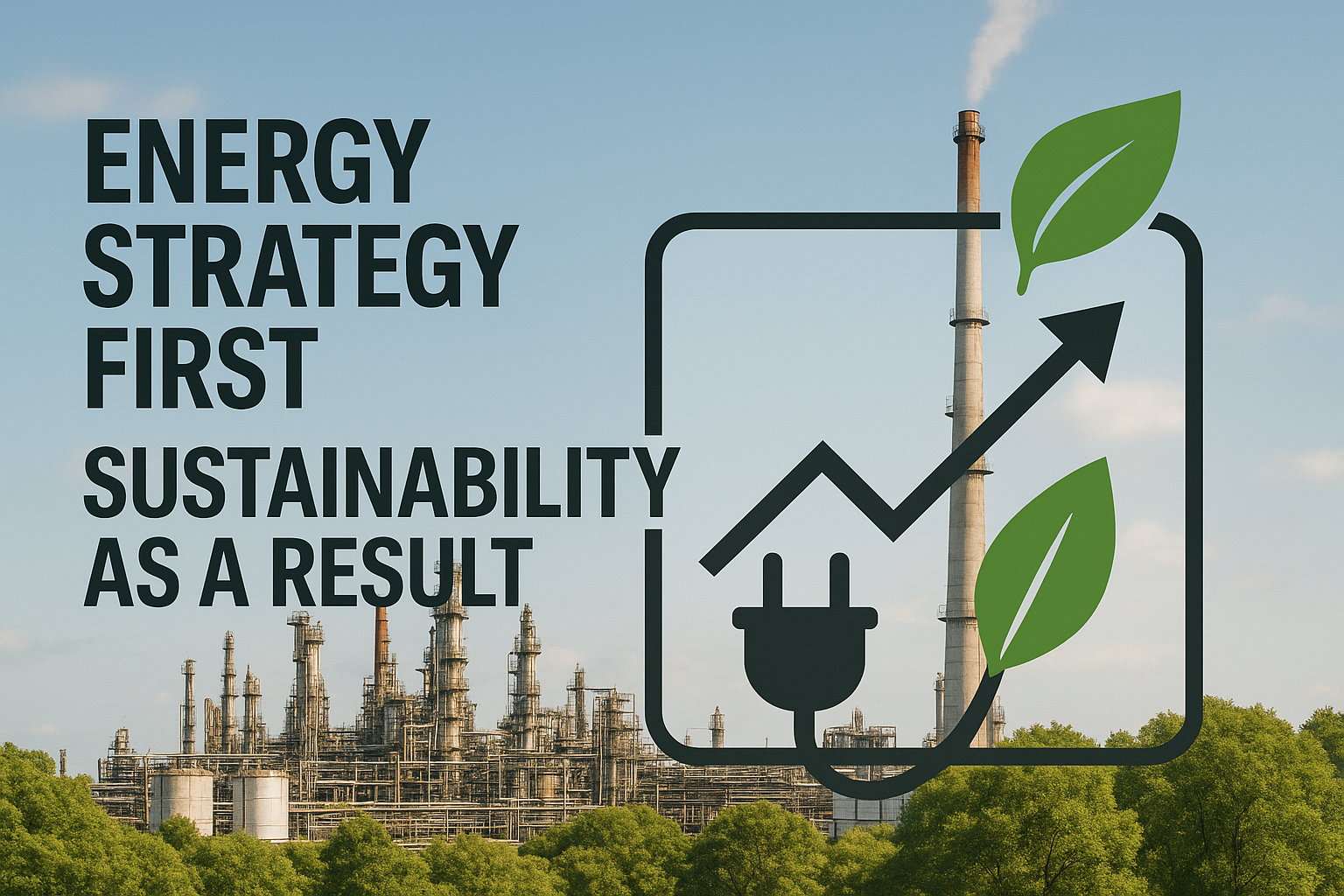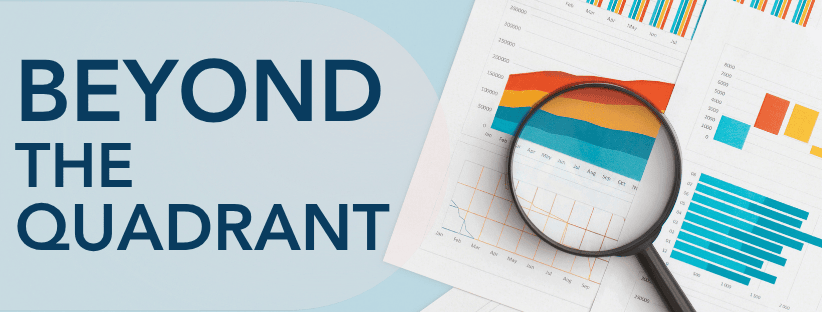Industrial AI is gaining real momentum—and real results. In the power sector alone, AI-driven energy optimization could deliver $110 billion in annual savings by 2035. These aren’t theoretical gains; they point to what’s possible across all process industries.
As digital transformation budgets grow, the pressure to modernize increases. AI adoption is no longer optional for plants looking to stay competitive. In this article, we explore five AI solutions already operating in real-world facilities, helping leaders boost uptime, reduce unplanned downtime, and improve compliance.
Each solution is a step toward building more resilient, efficient operations—future-proofing your plant against both market volatility and operational risk.
1. Real-Time Process Optimization
Static control programs struggle with today’s volatile markets and rapidly changing operating conditions. Traditional setpoints become obsolete within hours, leaving plants running suboptimally while margins slip away. Process industries need dynamic solutions that adapt as quickly as conditions change.
Real-time optimization replaces that rigidity with AI models that learn from live historian feeds, advanced process control (APC) loops, and pricing signals, then continuously write updated setpoints back to the distributed control system (DCS).
By reacting in real time, these models overcome the biggest gaps in current strategies, poor adaptation to changing conditions, outdated measurement approaches, and the inability to respond to fast transient events.
You see the payoff quickly. Plants use this approach to push crude-unit throughput, trim giveaway in polymer finishing, or cut steam-to-fuel ratios, often delivering extra margin per barrel or double-digit kWh reductions with payback measured in months.
Start on a single constrained unit, clean up historian tags, then cycle recommendations through operators before closing the loop. The result is a continuously monitored, self-tuning operation that stays on target no matter how conditions shift.
2. AI-Driven Predictive Maintenance
Building on the concept of real-time adaptation, equipment health monitoring takes a similarly proactive approach. Equipment failures don’t announce themselves; they whisper through vibration patterns, temperature drift, and pressure anomalies long before catastrophic breakdowns occur. Industrial AI catches these whispers.
Machine learning algorithms analyze streams from IoT sensors, comparing real-time signals against baseline normal behavior. When deviations surface, the model ranks risk and recommends optimal intervention timing, slotting maintenance into existing shutdown windows.
Facilities using this approach experience longer mean time between failures and less unplanned downtime, while trimming maintenance spend and extending asset life.
To achieve these results, follow a focused rollout approach:
- Audit historian coverage and tag quality to ensure data integrity
- Label past failure events for model training and pattern recognition
- Use AI assistants to create risk-ranked work orders automatically
- Standardize AI-generated work instructions inside your CMMS
Every completed repair feeds fresh context back into the model, sharpening future predictions. Voice-to-text logs and simple form builders make that feedback painless. Plants using this data-driven approach have documented substantial uptime improvements, evidence that proactive maintenance is no longer aspirational but an operational reality.
3. Energy & Utilities Optimization
While predictive maintenance prevents costly breakdowns, energy optimization tackles another major variable cost. In energy-intensive industries, energy can make up as much as 30–50% of your variable spend, and rising carbon targets leave little margin for waste. Traditional static rules can’t keep pace with fluctuating fuel prices, equipment drift, and shifting demand patterns.
By connecting industrial AI to the DCS, you move from reactive adjustments to proactive optimization. The system continuously rebalances boilers, switches fuels to the cheapest mix, recovers heat through smarter integration, sequences compressors efficiently, and sells excess capacity into demand-response markets.
These AI models digest historian data, equipment health signals, and live price feeds to spot hidden losses before they compound. The system predicts drift and adjusts setpoints before a single kilowatt is wasted. Results speak for themselves: double-digit cuts in kWh per tonne, six-figure annual $/MMBtu avoidance, and thousands of tonnes of CO₂e eliminated.
Because recommendations surface inside the dashboards you already monitor, adoption is seamless. Verify the suggestion, press accept, and watch utility costs fall in line with sustainability goals.
4. AI-Powered Process Safety & Anomaly Detection
Optimization improvements mean little without maintaining safe operations. Advanced pattern recognition technology identifies unsafe conditions minutes before the first high-priority alarm rings.
By framing thousands of historian tags into a multivariate “normal operation” profile, the model raises early, low-noise alerts that significantly reduce nuisance alarms while giving you precious time to respond—well before a conventional trip point is crossed.
This approach transforms how plants handle critical hazards across runaway-reaction prevention, toxic-leak detection, flare-event minimization, and high-pressure trip avoidance. Each application leverages the same multivariate analysis to detect subtle deviations that conventional alarm systems miss, creating layers of protection that complement existing safety infrastructure.
Because every deviation and operator action is automatically logged, meeting OSHA Process Safety Management and API RP 754 requirements becomes far less manual. AI techniques continuously validate safeguards, flag latent hazards, and forecast failure trajectories, augmenting your team’s judgment with data-driven foresight.
Before deployment, pair model governance with alarm rationalization and cybersecurity hardening. Plants that do this report catching subtle pressure drifts or temperature instabilities that never surface in static alarm matrices, yet can snowball into costly outages.
5. AI-Integrated Supply Chain & Production Planning
Safe, optimized operations require coordination with broader supply chain realities. With a single data fabric tying your manufacturing execution system to enterprise resource planning feeds, you can move from rigid weekly schedules to a closed-loop model that updates every few minutes.
When a naphtha price spike hits or a port backlog threatens resin deliveries, the schedule automatically reshuffles grade slates, shifts crew assignments, and pushes revised setpoints to front-line operations, long before the disruption reaches the loading dock.
The engine behind this responsiveness is continuous, bidirectional data flow. By streaming order books, inventory positions, and logistics signals into real-time data analytics, reinforcement learning models recalculate demand, capacity, and material constraints on the fly.
They pair those insights with dynamic scheduling algorithms that balance line rates, changeover times, and maintenance windows, then surface the optimal plan directly in your existing dashboards. Because the models keep learning with every truck scheduled and every order fulfilled, you gain a supply chain that senses market volatility and converts it into steady, profitable production.
From Point Solutions to Closed Loop AI Optimization With Imubit
You’ve seen how AI improves individual levers, throughput, reliability, energy, safety, and planning, but the biggest payoff arrives when every lever feeds a single, self-learning loop. Imubit’s Closed Loop AI Optimization solution delivers that integration, turning scattered point solutions into one model that learns your plant-specific operations and writes optimal setpoints back to the DCS in real time.
The solution’s three pillars work in tandem: the Imubit Industrial AI Platform that ingests historian and APC data, a Value Sustainment program that tracks dollar-per-day improvements, and Workforce Transformation that upskills your team to collaborate with AI. By closing the loop, you capture continuous margin, energy, and safety improvements documented in every shift report, freeing capital for growth.
These five AI applications demonstrate that industrial transformation isn’t about future possibilities; it’s happening now in plants worldwide. The question isn’t whether AI will reshape process industries, but whether your facility will lead or follow in capturing these documented advantages.
For process industry leaders seeking sustainable efficiency improvements, Imubit’s Closed Loop AI Optimization solution offers a data-first approach grounded in real-world operations. Get a Complimentary Plant AIO Assessment to see how quickly your plant can move beyond advisory mode and into full closed-loop optimization.




